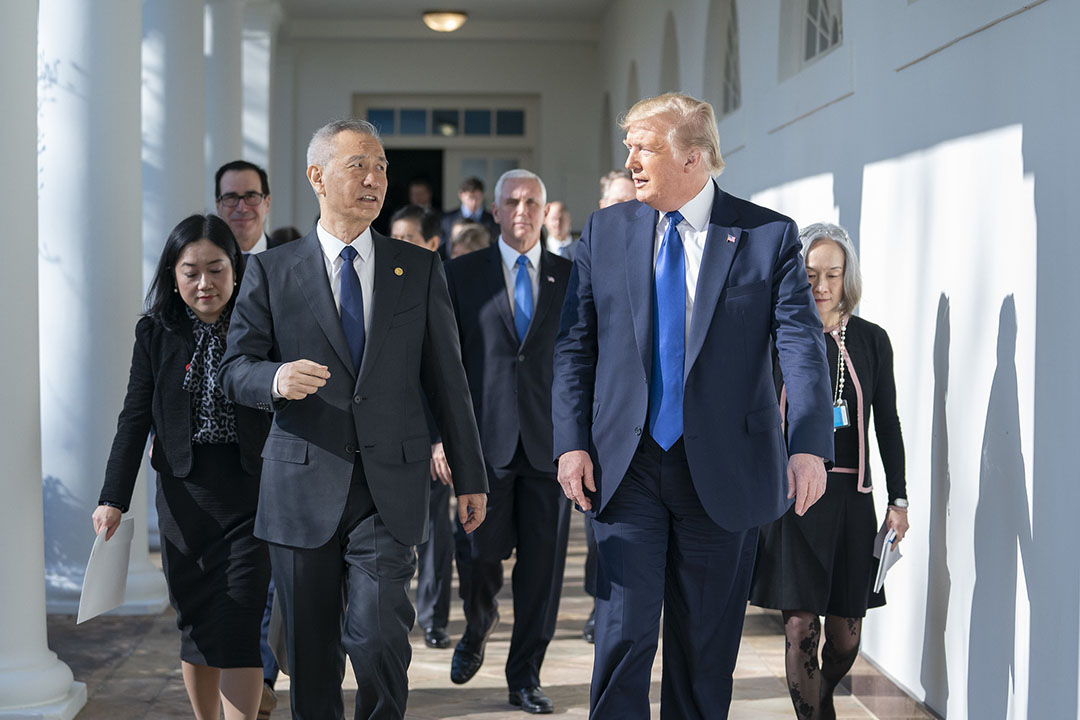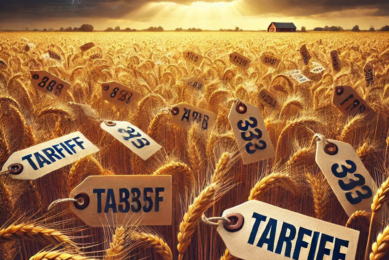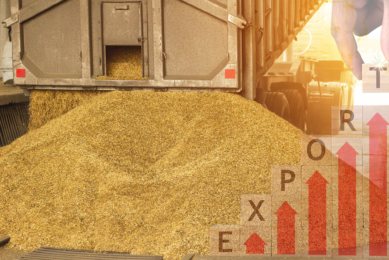US-China trade agreement a win for US feed

US president Donald Trump and Chinese vice premier Liu He have signed a preliminary trade agreement that will see more American farm products and machinery sold to Chinese customers.
According to the agreement, China shall ensure additional purchases of US agriculture products by US$32 billion over 2 years, including US$12.5 billion above the corresponding 2017 baseline of US$24 billion in 2020 and US$19.5 billion above the baseline in 2021.
Streamlined processes for feed manufacturers
China’s need for feed and feed ingredients has increased as its livestock sector has increased. US manufacturers have, however, had difficulty registering new feed products and facilities with Chinese authorities. In addition, exporters of DDGS face burdensome product licensing procedures resulting in export delays. The Phase One agreement addresses these issues and provides US companies streamlined access to the Chinese market, according to the US Trade Representative.
“The Phase One economic and trade agreement signed on 15 January 2020 will provide US manufacturers of feed additives, premixes, compound feed, and distillers’ dried grains with solubles (DDGS) streamlined processes for registration and licensing to facilitate US exports to China,” according to the US Trade Representative, adding that the agreement will also result in new import protocols for US barley, alfalfa hay pellets and cubes, almond meal pellets and cubes, and timothy hay, allowing imports of such products into China.
Importing additional feed products
China has agreed to negotiate protocols to allow imports of additional feed products. China has agreed to:
- Immediately update its list of traditionally-traded feed additive products with 23 specific products.
- Streamline the registration process for feed additives, premixes, and compound feed by waiving manufacturer site visits and export protocols.
- List registered facilities on the General Administration of Customs of the People’s Republic of China (GACC) website within 20 business days of receiving the information.
- Issue renewed licenses within 20 business days of receiving applications for DDGS manufacturers whose licenses expired on or after 1 January, 2017.
- Complete product reviews within 9 months of receiving an application for the approval of a new feed additive, premix, or compound feed product.
- Issue licenses for product renewals within 20 business days of receiving an application for renewal of a feed additive, premix, or compound feed product.
- Sign and implement a phytosanitary protocol to allow the importation of US barley into China.
- Sign and implement a phytosanitary protocol to allow importation of US alfalfa hay pellets and cubes, US almond meal pellets and cubes, and US timothy hay into China after conducting an on-site visit of US production.
Both parties have agreed to continue technical consultations concerning facilitation of trade in grain and oilseed products for both feed and further processing.
In terms of new facilities, the US will provide updated lists of facilities producing feed additives, premixes, compound feed, and DDGS to GACC, and China will publish the updated lists on GACC’s website within 20 business days of receipt.
Also read: Poultry profits surge in China
Pet food
The agreement will also provide US manufacturers expanded access to China’s rapidly growing market for dog and cat food. In recent years, US pet food exports were limited due to animal health restrictions on US products containing poultry or bovine ingredients. In addition, it is onerous to register new facilities with Chinese authorities. The agreement addresses all of these issues, and China has agreed to:
- Lift its ban on US pet food containing ruminant ingredients and eliminate Polymerase Chain Reaction (PCR) testing of US pet food products containing ruminant ingredients.
- Allow importation of US pet foods containing poultry products.
- Update the GACC website to allow import from 24 US pet food and non-ruminant animal feed facilities with current pending registrations.
- Not require completion or submission of any pet food facility questionnaire for registration purposes, other than for a pet food facility China may be auditing.
- Allow the use of imported animal origin ingredients in pet food as long as the ingredients are legally imported into the US, meet US domestic requirements for inclusion in pet food, and are traceable to the country of origin.
Also read: ‘Positive outlook’ for poultry in 2020
China has also agreed to not require any routine audits or inspections of US feed additive, premix, compound feed, DDGS, pet food and non-ruminant derived animal feed facilities. However, in accordance with international standards, China may perform risk-based audits in coordination with the relevant US authority. China may also conduct inspections of a risk-based selection of shipments of US animal feed products, pet food and non-ruminant derived animal feed at the port of entry. China will notify the US if it intends to restrict imports from a particular facility.











